As firm believers of the farm-to-table movement long before it became popular, Costa Ricans are experts at creating delicious meals from fresh, local ingredients. Travellers looking for the Pure Life on their plate will find it by eating like a Tico (local) in this tropical country where the vivid colours of nature are reflected in dishes that speak to a value for biodiversity in nature and sustainability in tourism.

Costa Rica is home to a vibrant local food culture centered around sodas — small local, community- and family-run restaurants found all over the country where traditional Costa Rican cuisine is served in a casual atmosphere. Sodas serve up authentic Costa Rican dishes, often made with fresh, locally sourced ingredients including rainbow-coloured produce that lends itself well to the diets of vegetarian and vegan travellers.
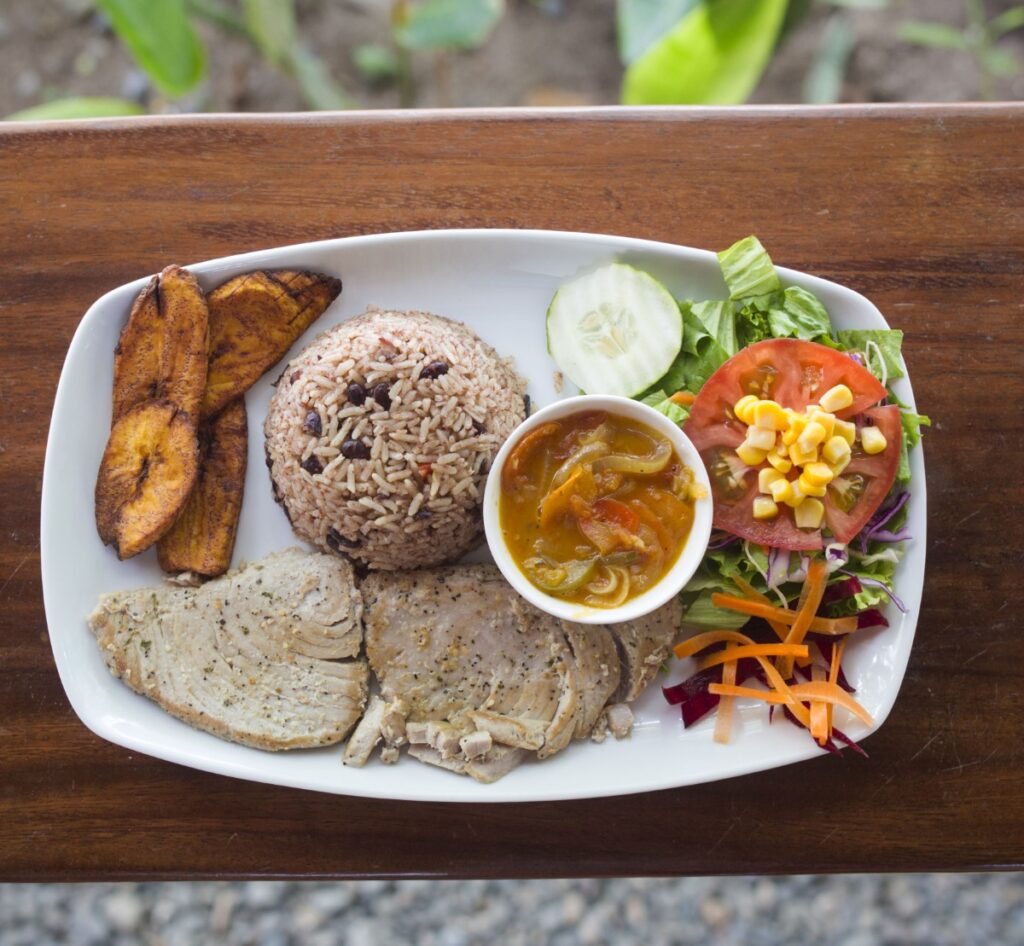
The abundance of fruits and vegetables grown in Costa Rica is astonishing. The country’s tropical climate provides the perfect conditions for growing an array of exotic fruits such as papayas, mangos, bananas and pineapples. These fruits are not only rich in flavour, but also contain high levels of essential vitamins and minerals, making them super nutritious.
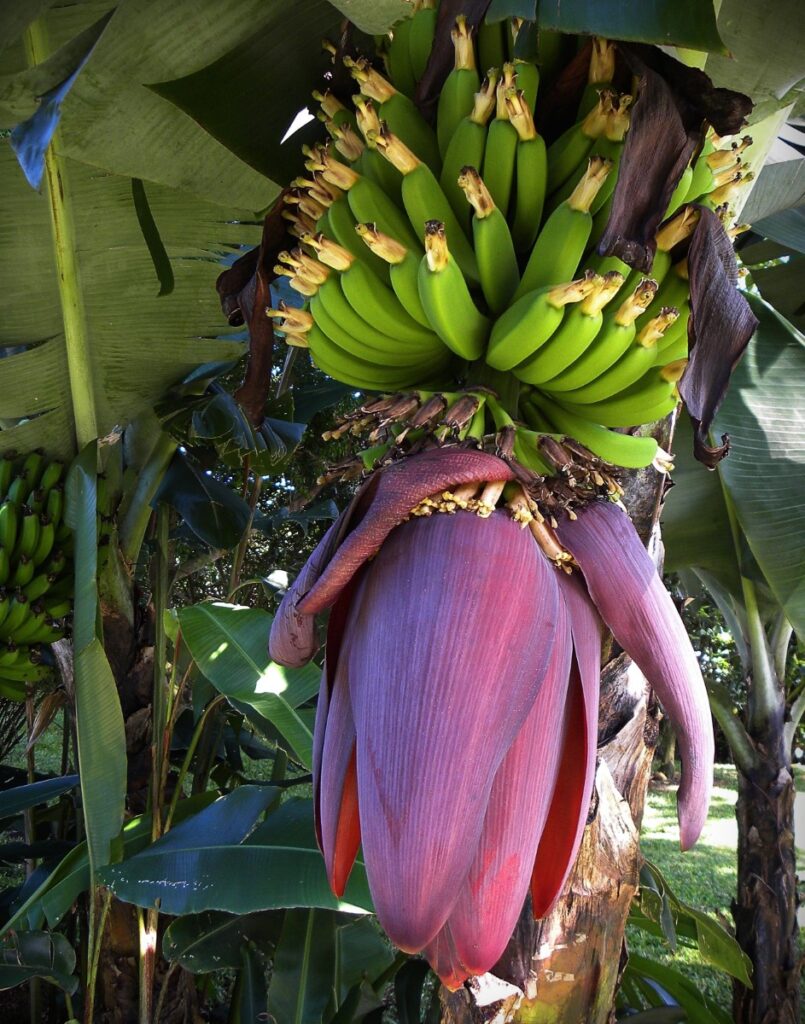
When it comes to vegetables, the rich soils and favourable microclimates allow for the cultivation of a variety of colourful produce like sweet potatoes, bell peppers, beets, tomatoes and other plants that add pops of colour and freshness to traditional dishes. The produce grown in Costa Rica is not only visually pleasing, but a testament to the country’s rich agricultural heritage and commitment to growing produce through sustainable farming methods.
Costa Rica is also home to some lesser-known ingredients, such as dragon fruit, passionfruit and starfruit. These unique fruits are not only colourful but also pack a flavourful punch, with their sweet, tangy, and sometimes even slightly sour tastes. Cas, a unique fruit native to the country, is also known as Costa Rica Guava. It has a sweet and sour taste which is a very popular flavour when combined with fresh water, or in ice cream.
Sodas don’t always have a written menu but you’ll soon get to know these traditional dishes that are enjoyed throughout the country:
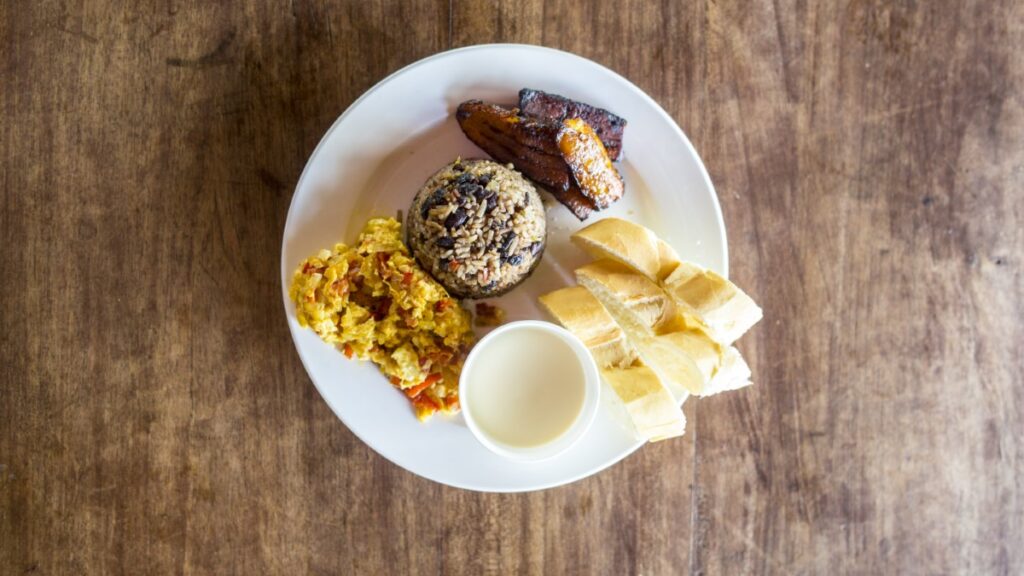
Gallo Pinto literally translates to “spotted rooster,” and is the name given to Costa Rica’s ubiquitous national dish of rice and beans. Gallo Pinto is traditionally a breakfast dish, typically served with fried or scrambled eggs, plantains, avocado, cilantro and tortillas. But is eaten throughout the day and is one of the country’s most popular side dishes. Each region of Costa Rica — and each family — has their own variation of Gallo Pinto, so there is no one recipe for the dish. The basics, however, are white rice, black or red beans, peppers, onion, and spices — and a lot of cilantro.
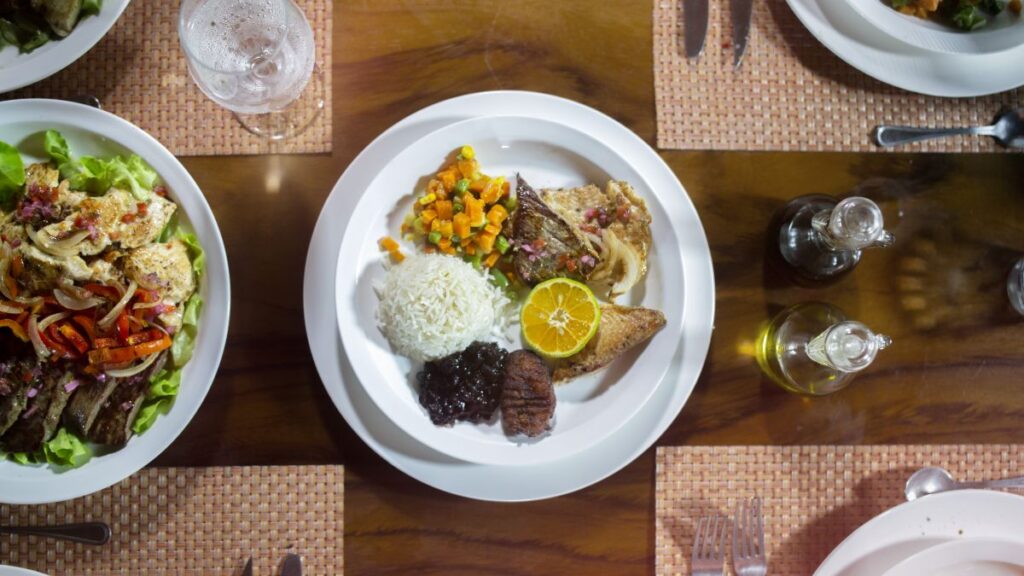
Casado is a substantial lunch dish, often the main meal of the day for locals. It starts with a base of gallo pinto, accompanied by vegetables, plantains, and a protein such as beef, fish or chicken.
Olla de Carne is Costa Rican comfort food — a hearty beef stew made with an array of local vegetables such as plantain, chayote, corn and squash, and spices. The meat is cooked until very tender and the brothy stew is usually served with rice.
Arroz con Pollo is a classic dish featuring chicken cooked with rice and vegetables, served up with a green salad and fried beans. Its a flavourful and filling meal.
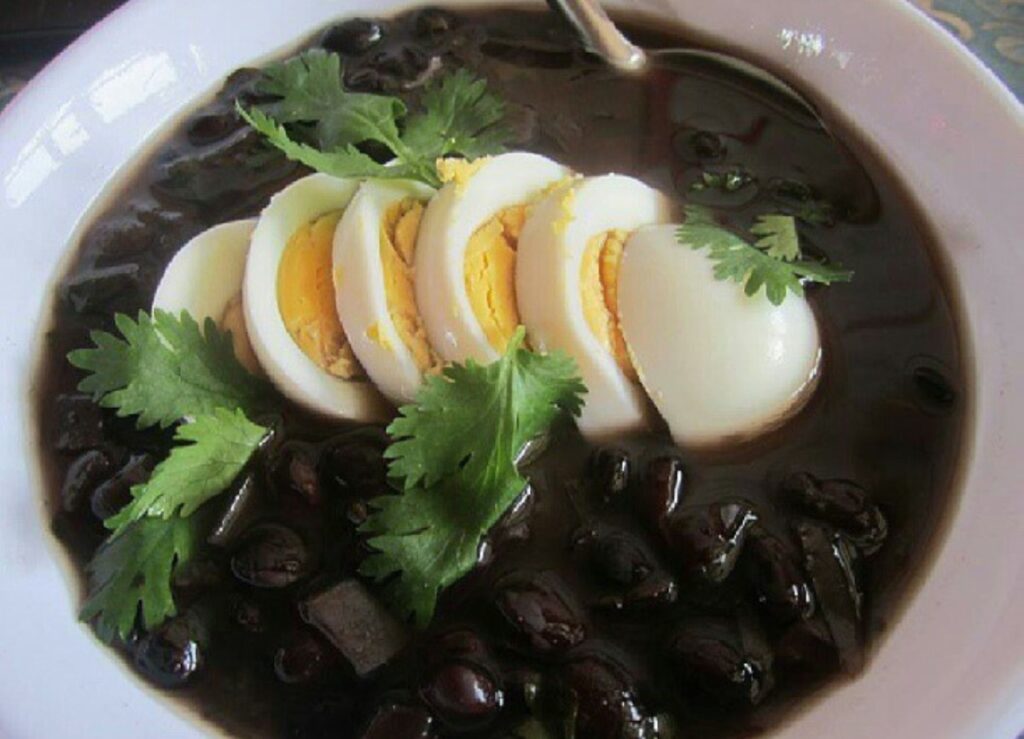
Sopa Negra is Costa Rica’s version of the classic black bean soup and is the perfect dish for vegetarians. The hearty Sopa Negra is made with a combination of black beans, onions, bell peppers, hot peppers, cilantro, and garlic. The soup is cooked until the beans become tender, and it is the Tican way to add chopped hard-boiled eggs and avocado slices to the soup before serving. Vegans can order it without the eggs.
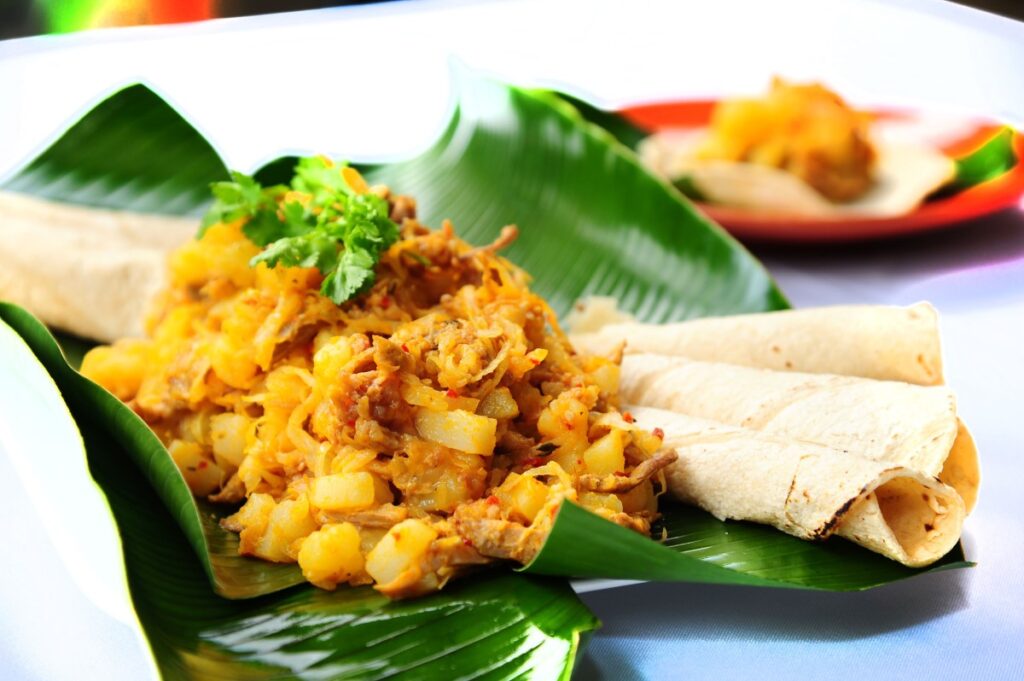
Potatoes are an essential component of the everyday diet for many Latin American countries, including Costa Rica. A favourite dish among the locals, Picadillo de Papa is a savoury combination of potatoes, chopped bell peppers, onions and ground or shredded meat. The dish is traditionally served alongside tortillas and rice. It is most popular in the highlands of the country’s Northern Cartago region, where potatoes primarily grow.
There are many variations of picadillo. Picadillo de Chayote is a healthy dish featuring the pale green squash (also known as choko or Christophene) with traditional Costa Rican sofrito and spices and cream. It is often served as a side dish to the Casado and is a good option of vegetarians.
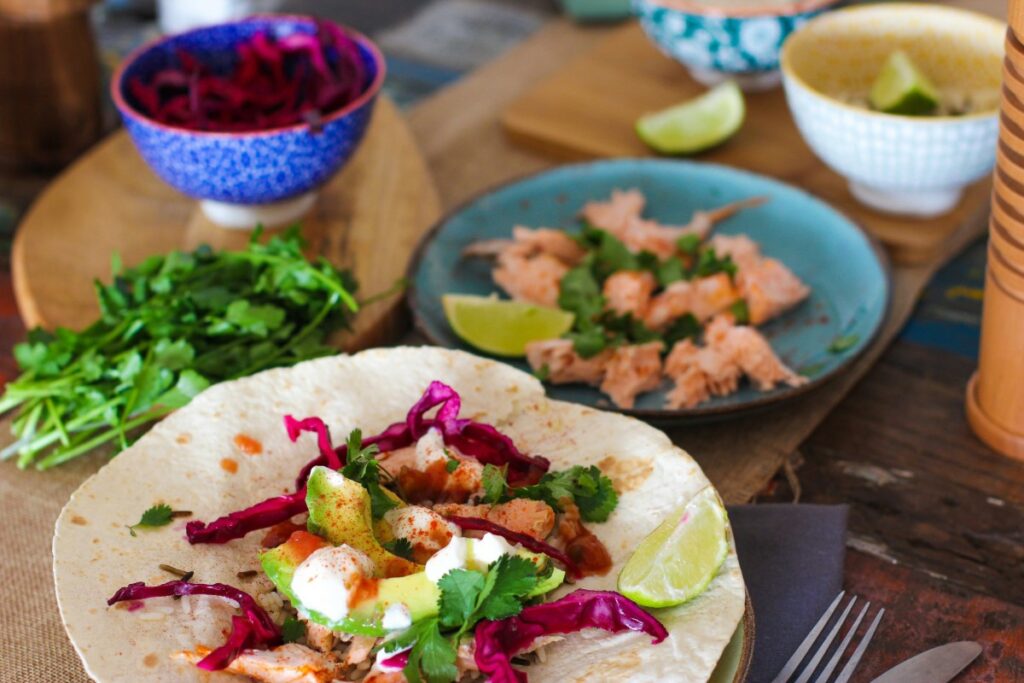
Tortillas have a rich history in Costa Rica and are made with just two ingredients: corn flour and salt. Tortillas are served as a tasty side dish or can be eaten in the form of gallos (a tortilla filled with meat or a savoury picadillo hash, akin to a Mexican taco). Costa Rica’s climate is ideal for corn harvesting and has made the crop essential to farms across the country, for centuries. One tortilla variation, Tortilla Aliñada, is made by adding cheese during preparation, and is often served with sour cream, queso fresco or fresh cheese on top. Tortilla Aliñadas go nicely with breakfast or afternoon coffee.
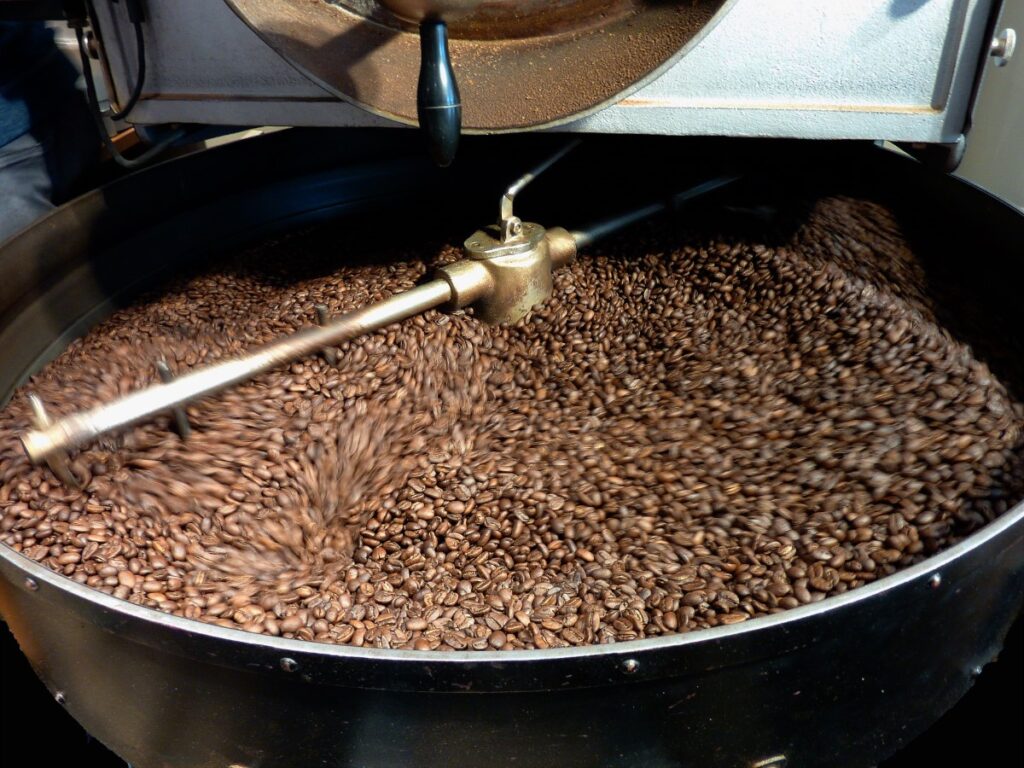
When it comes to coffee, Costa Rica has the perfect growing conditions, combining soil and climate. Coffee is one of the country’s principal exports and is widely drunk at home, brewed by pouring boiling water over the grounds in a sock-shaped bag. To go with coffee, Chorreadas are a staple breakfast or afternoon item that can be prepared both sweet or savoury. They are similar to regular pancakes, with a sweet flavour and moist and spongy consistency. They are typically served with Natilla, a type of sour cream, and cheese.
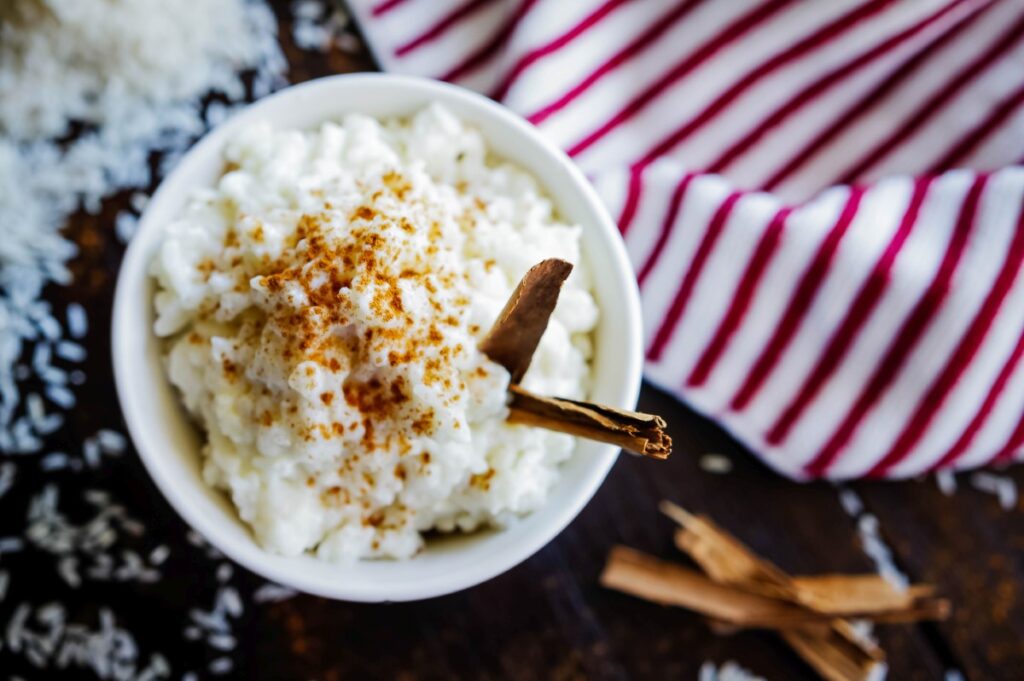
There is rice pudding, and then there is Costa Rica’s Arroz con Leche. Rice is cooked with milk and infused with the flavours of fresh cloves and cinnamon and later topped with condensed milk, to create a creamy and delicious dessert. Arroz con Leche can be found everywhere in the country, but some of the best versions are found in small towns and at local fairs.

No food is more available in Costa Rica than a Batido, a shake made from fresh fruit blended with ice. The Costa Rican smoothie appears on every menu in every soda, or tiny open-air café, or restaurant stalls. Popular ingredients for Batidos in Costa Rica include guava, pineapple, papaya, mango, tamarind, cas, blackberries, horchata, and strawberries.


